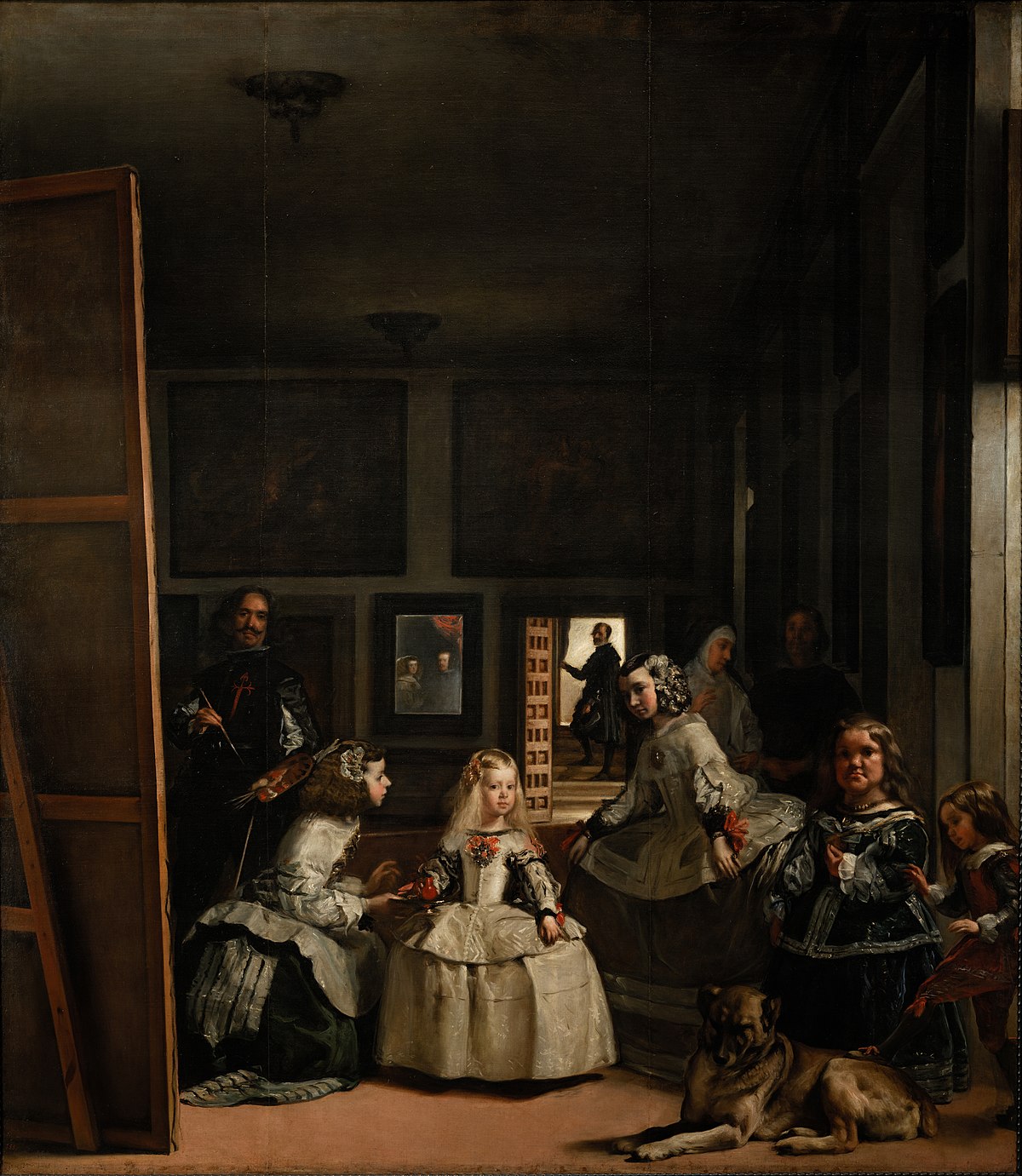Scotty W
Gold Member
Chrono Trigger is built around a few simple, powerful ideas. What I want to do is show the logic of these ideas running through the game. There are quite a lot of fan theories, where people treat the characters and world as if they were real and try to spell out the meaning and resolve ambiguities. My method is different. I have attempted to follow the creative logic of the designers.
The tldr. The game is a dream, the player is the dreamer. Lavos is part of the dream. He is the source of narrative interest. The designers self consciously/reflexively implemented these ideas into the game, these ideas form the ‘matter’ of the game’s world.
The most important idea of all is Dreams. The leads of the team that made this game called themselves the Dream Team.
The reason this is important is that the game is “made of the designers dreams.” Matter in Chrono Trigger is Dreams (though with a caveat, see below on the Entity). One of the sleepers in Zeal says, “All beings come from dreams and must return to them in the end.”
You may recall that when you return to 65 Million BC to get the material to repair the Masamune, this material is a RED stone, which is later named “Dream Stone.”
Dream Stone is used to make Marle’s pendant (which reacts with Lucca’s teleportation device triggering the start of the game). This pendant is identical to (and likely is) Schala’s pendant. In addition, we later learn that the Masamune itself was made of Dreamstone. Recall also that the Masamune is made up of two monsters named Masa and Mune, who later inform us “We are the embodiment of Melchior’s hopes and dreams. One of the most enigmatic characters in the game is Masa and Mune’s older sister Doreen, who also pontificates on dreams.
Finally, in Zeal you encounter the Mammon Machine, which, according to an attendant, “Draws and magnifies Lavos’ limitless power.” From another attendant, we also learn that the Mammon Machine was constructed by the Three Gurus.
It is almost certain that these Three Gurus are the Dream Team, inserting themselves into the game. I cannot say if it is possible to determine who is which Guru- for my purposes it doesn’t really matter. What I find interesting is the name of this machine, the Mammon Machine. Mammon is, of course, the Biblical term for riches, or even, a false god of worldly wealth.

Mammon | Definition, New Testament, Etymology, & Meaning
Mammon, biblical term for riches, often used to describe the debasing influence of material wealth. The term was used by Jesus in the New Testament and has been used in both religious and secular contexts to negatively describe the pursuit of wealth.
To summarize, the Gurus (Dream Team) used Dream (Stone) to make Mammon (Machine) to draw and entice Lavos in order to… make Mammon (money).





